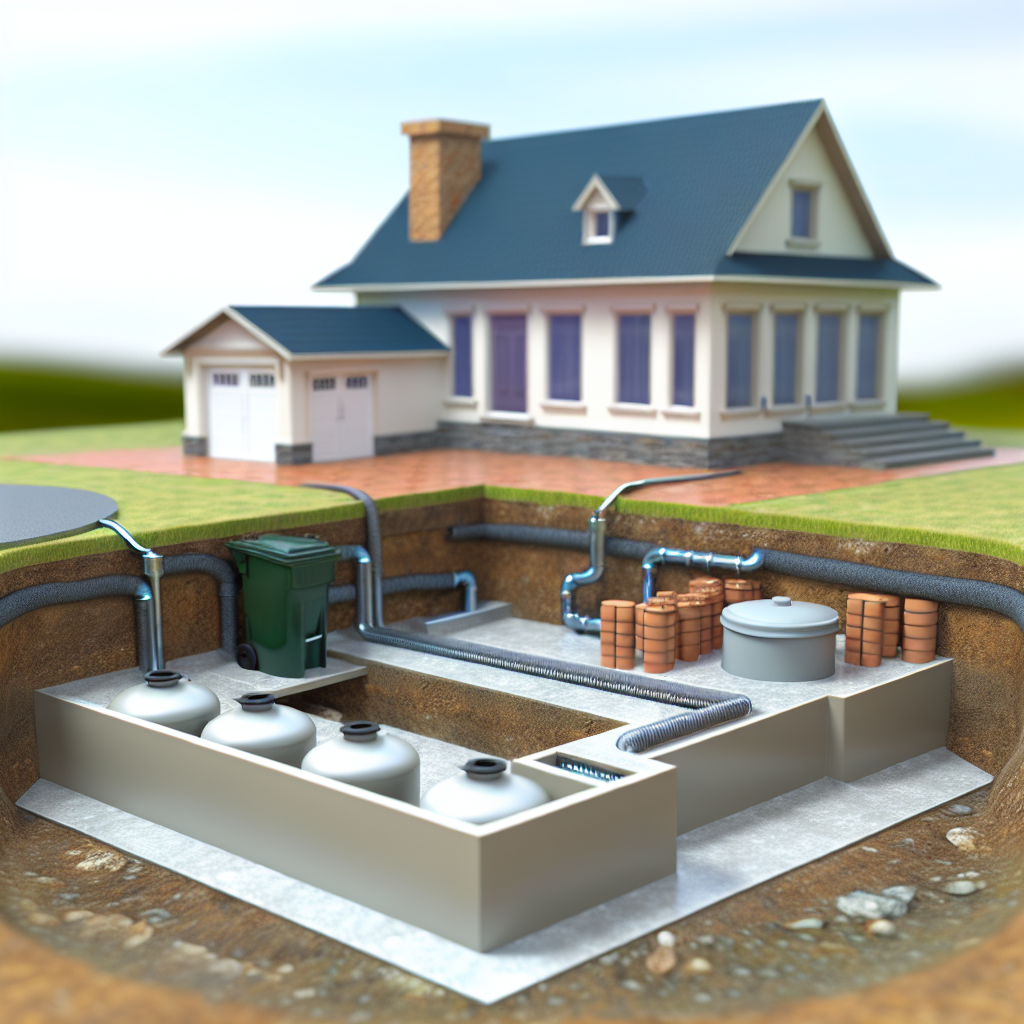Understanding how a septic system functions is essential for homeowners who rely on this decentralized wastewater treatment method. Proper knowledge can help ensure maintenance, prevent costly repairs, and protect the environment. In this article, we will explore the core components and processes that enable a septic system to treat household wastewater effectively.
How Does a Septic System Operate?
At its core, a septic system is a self-contained wastewater treatment unit designed to manage household sewage in areas without access to municipal sewer lines. It primarily consists of two main parts: the **septic tank** and the **drainfield** or leach field. These components work together through a series of natural biological and physical processes to safely treat and dispose of wastewater.
The Role of the Septic Tank
The septic tank acts as the primary treatment chamber, where solid waste settles and organic materials undergo initial breakdown. Wastewater from bathrooms, kitchens, and laundry flows into the tank through an inlet pipe. Inside, this water separates into three layers:
- SOLIDS: Heavy particles that settle at the bottom forming sludge.
- EFFLUENT: The liquid layer above the sludge, which contains lighter organic matter and microorganisms.
- SCUM: Fats and oils that float to the top.
The septic tank’s design allows bacteria to biologically break down much of the organic matter in the sludge and scum, reducing their volume over time. Regular pumping is necessary to remove accumulated solids that do not decompose.
Wastewater Treatment and Soil Absorption
Once the initial separation and biological breakdown occur in the septic tank, the liquid effluent flows into the **drainfield**. This component consists of perforated pipes laid in gravel-filled trenches underground. The soil acts as a natural filter, further treating the wastewater through processes such as:
- Filtration: Removing remaining solids and pathogens.
- Biodegradation: Soil microorganisms decompose organic contaminants.
- Nutrient Removal: The soil assimilates nutrients like nitrogen and phosphorus, preventing groundwater pollution.
This natural filtration process ensures that the water reentering the environment is clean and safe, completing the treatment cycle.
Conclusion
In summary, a septic system relies on a combination of biological, physical, and chemical processes within the septic tank and drainfield to treat household wastewater effectively. Understanding these components highlights the importance of regular maintenance and responsible usage. Properly functioning septic systems safeguard your health, protect the environment, and extend the lifespan of your system, making informed care vital for homeowners relying on this wastewater treatment method.
